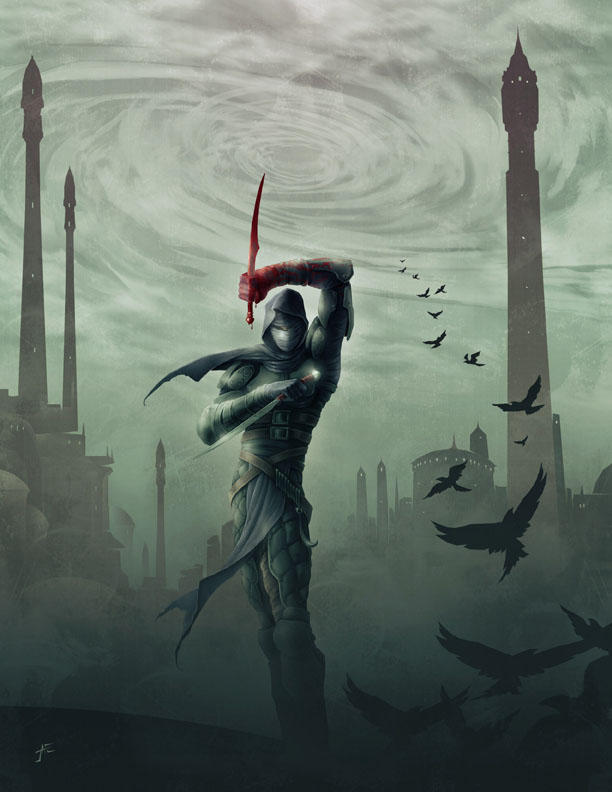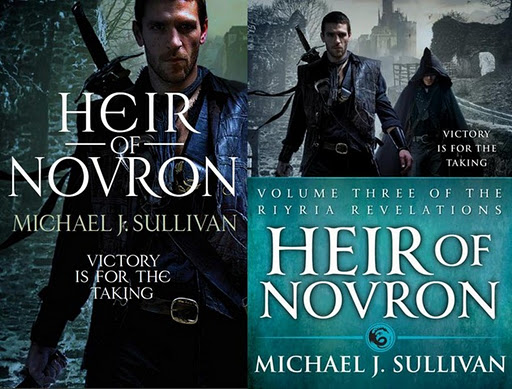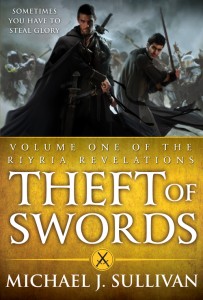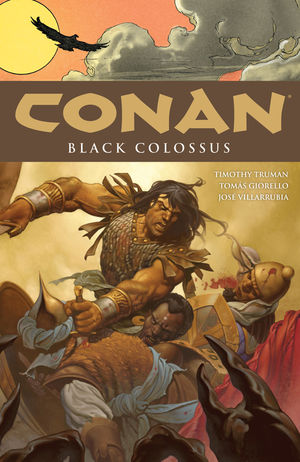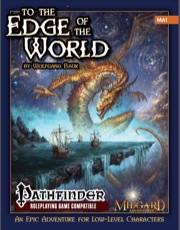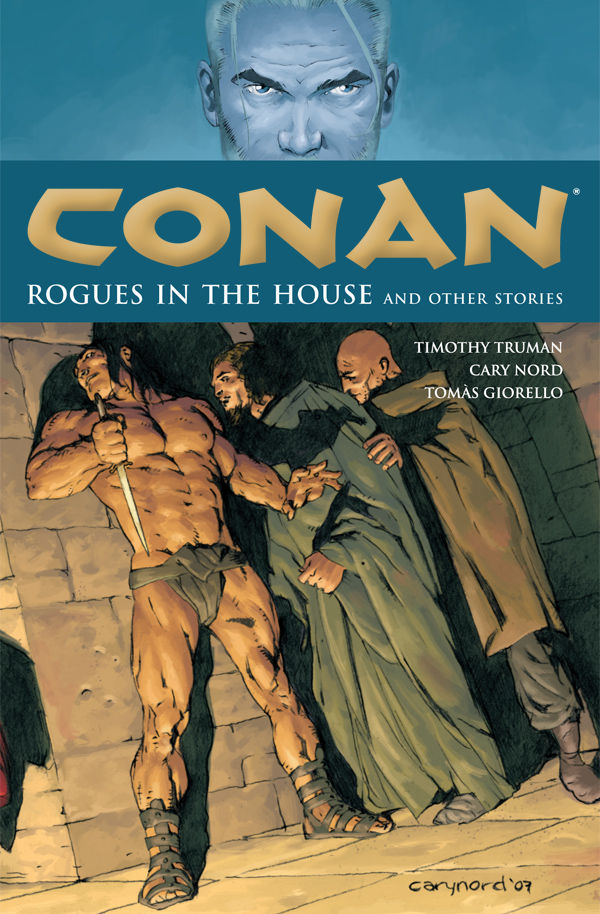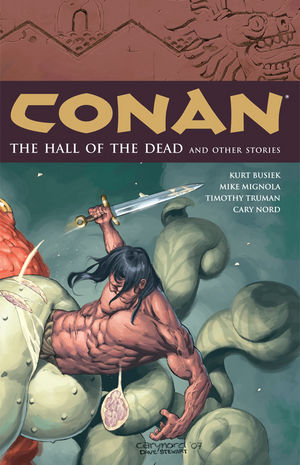Sometimes the good old
Science Fiction Book Club catches my eye with a sale. I had never heard of Michael J. Sullivan before and SFBC had two books already out with an option to preorder the third. It was some impressive sale where it would be like $5 per title with no shipping. Hell, might even have been last Thanksgiving when I bought them. I checked out the ebook versions first. While I don't mind ordering from SFBC, I also don't like having all of these physical books around.
Well, through Amazon and other vendors, the price was then, as it is now, something like $9.99 per volume. Uh... no. So off the order went to the SFBC, as well as some others, where mind you, one of the books I did order was less expensive through Amazon, and when I did receive my order, they sat for many, many, many moons. Most of that time still in the box it was shipped in mind you.
I had a few days off thanks to Turkey day so I went in and read Theft of Swords and quickly devoured it and the sequels, Rise of Empire and Heir of Novron. Each book is actually an omnibus edition with two novels within it.
Theft of Swords for example, is actually The Crown Conspiracy and Avempartha. While both do involve the acquisition of swords the two aren't necessarily that related. I found the reading to be fairly light but engaging at the same time. While there is a lot of background we are feed through various characters, none of it seemed as heavy or detailed as say, A Game of Thrones or Wheel of Time. These tales are far more like Conan or Fafrd and the Grey Mouser in that they tend to be more character stories, even though there is an over arching story.
The two main characters, Royce, a rogue with a dark disposition and his comrade, Hadrian, a warrior who carries around a wide variety of swords and is Royce opposite in attitude, are enjoyable to read about.
If your looking for some quick reading material, Theft of Swords, and the whole series of the Riyria Revelations, has you covered.
Below, I'll be discussing some of the material which will include spoilers
1. Reputation. Some of the characters here are known for their skill set. Some are known for their outlooks and attitudes. Neither Royce nor Hadrian are fresh characters that are on their first mission and are presented as skilled, at the peak of their ability, rogues. Others are known for their sword mastery. These reputations provide the characters with quick hooks to hang plot lines about and on. For example, one character lost a sword fight earlier, supposedly because he did not have his personal sword. Later on, when he does have that sword? We do see indeed it is a special weapon.
2. Named Styles. Hadrian is a master of several fighting styles of ancient origin that make him essentially unbeatable in individual combat when he wields his prefered weapons. Others know parts of those styles. In the old Complete Fighter's Handbook, there was a small effort at making things like One Handed Style, Two Handed Style, and others. Later editions added onto this with feats, prestige classes, level substitution abilities and more. Depending on the complexity of the game, this may be something that needs to be done. On the other hand, if your playing a tenth level fighter in a first edition game and want to say you're a master of the M'alfa'z style, what's to stop you? Game mechanics are important and do have their place but when adding details and background to the game do no harm, the should be encouraged.
3. The Not Quite All Powerful Wizard. In many genres of fantasy, wizards are ancient and powerful beings. This novel brings us Esrahaddon, a wizard who is an ancient prisoner with vast pools of knowledge but those who captured him were not going to take any chances on him having full access to his power so they removed his hands. This allows him to act as a knowledge source and still provide valuable information ,especially to lost eras of the setting, but doesn't make him some defacto genie that can do all the work but still somehow relies on others to do the tasks for him. Its a nice change of pace.
4. The Knowledge Continues! In addition to the wizard who has vast stores of knowledge, there is still a whole wide world out there. This is where Myron comes in. This monk, and that's not the kind that traditionally Dungeons and Dragons has used, but rather, the historical, scholarly type, has a photographic and perfect memory where he can read something and remember it for future use. Tie this into his lack of exposure to the 'real' world due to his time spent in the monastary and you have a character that is constantly surprised by the outside world but who has a wealth of knowledge that may be more commonly known but is not often known by say, two rogues who are caught up in events that may be past them.
5. Race Reversal: Well, this one is a bit more popular these days. The dwarves for example, have no empires and are often in the slums despite their ability to work metals and engineer marvels unlike any others. The elves, at least those we see early on, are not the masters of the forest. They are not the masters of the arcane. They are not lofty. They are essentially a slave race. While I've heard of this being done in several other fantasy media, such as Dragon Age and The Witcher I believe, it's my own first encounter with it and it's an interesting twist for me. Even Royce who can see in the dark, tends to keep his heritage, of being a mir, human with at least some elf blood, secret.
6.
The Talos! Well, not quite Talos. In the old myths, Talos is a monster that only has one weakness. In this book, we come across a monster that like the Talos, only has one weakness and the players must discover what the weakness is in order to kill it. In some ways, in say, 4e, this would almost be better suited as a Skill Challenge rather than an actual fight as the combat effects and abilities of the players, unless they are following the specific manner in which to kill the creature, are useless.
7. The Play's The Thing: After their first job, there is a play based on the events of the activity. This becomes incorporated into the setting and is referenced in severla later books. It's a nice tough and shows how the characters actiosn effect the setting in direct and non-direct ways. When the players do something, how does it effect the setting? What are the repercussions? Who benefits? Who suffers? Who is inspired? Are plays written? Are histories updated?
Theft of Swords has solid characters and a quick pace and provides some food for thought to those running RPGs.


